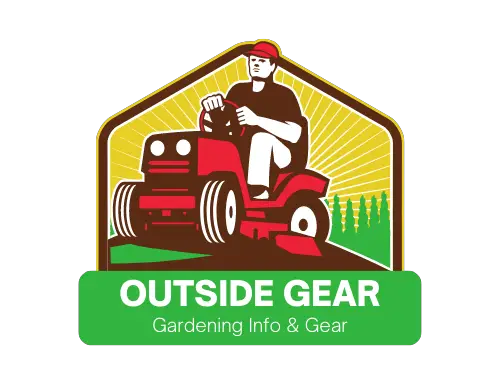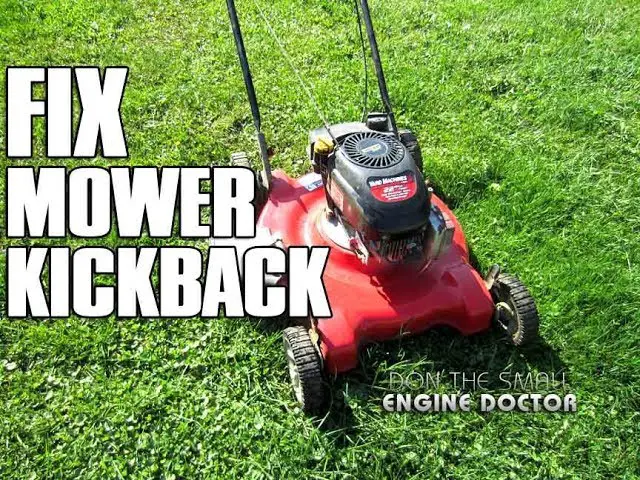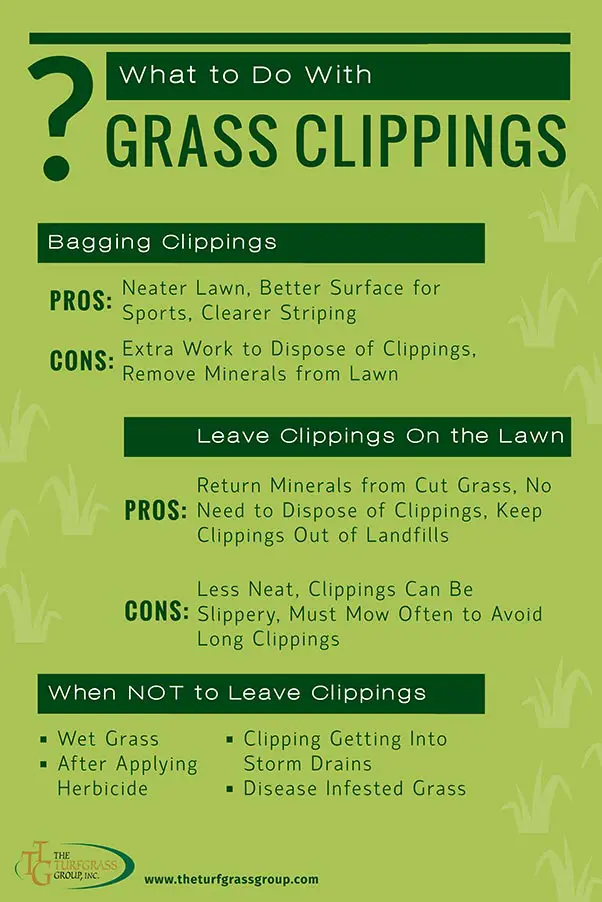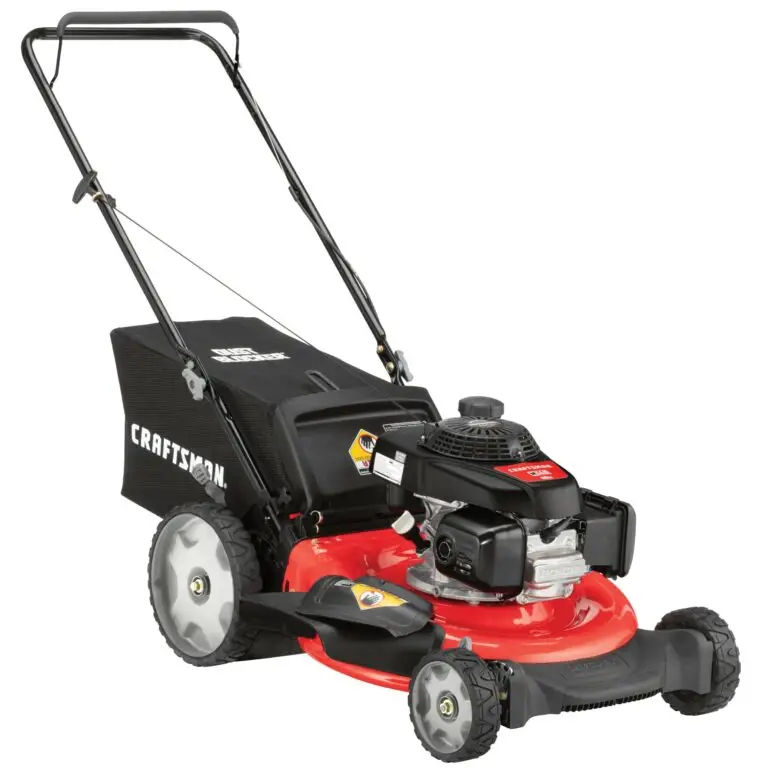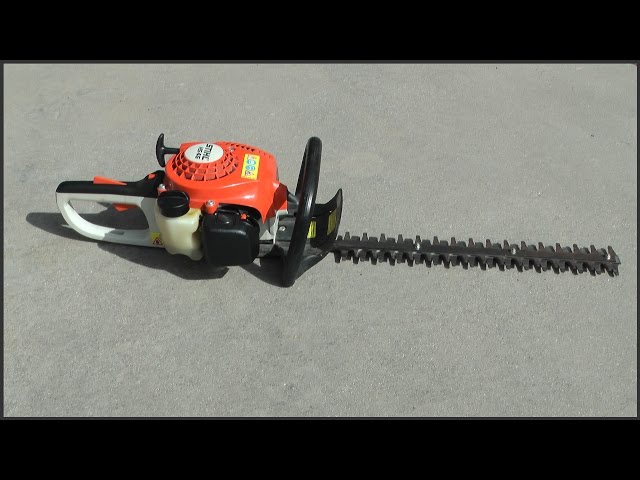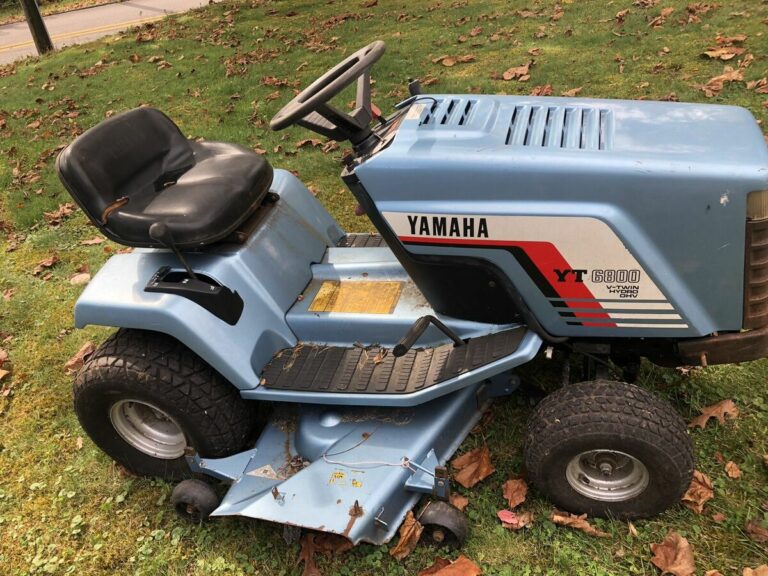Mower engine kickback occurs when the pull cord sharply recoils. Some possible causes are a sheared flywheel key or a loose compression release.
Kickback can also result from issues with the fuel pressure or a failing fuel pump or filter. A lawnmower engine experiencing kickback can be a frustrating and potentially dangerous issue for users. This occurs when the pull cord of the lawnmower sharply recoils, causing difficulty in starting the engine and posing a safety risk to the operator.
Common causes of kickback include a sheared flywheel key or a loose compression release. Additionally, insufficient fuel pressure due to a failing fuel pump or an old filter can also lead to this issue. Understanding these potential causes can help troubleshoot and resolve mower engine kickback problems effectively.
Common Issues With Mower Engine Kickback
When it comes to mower engine kickback, there are a few common issues that can cause this problem. Two of the most common issues are a bad flywheel key and recoil kickback on Craftsman mowers. Let’s take a closer look at each of these issues:
Symptoms Of A Bad Flywheel Key
A bad flywheel key can cause mower engine kickback. This small piece of metal is responsible for aligning the flywheel and the crankshaft. If the flywheel key is damaged or sheared, it can throw off this alignment and cause the engine to kick back. Here are some symptoms to watch out for:
- Mower engine starts but then immediately shuts off
- Loud clanking or banging noises coming from the engine
- Pull cord feels difficult to pull or gets stuck
- Engine backfires during operation
Inspecting The Flywheel Key
Inspecting the flywheel key is relatively easy and can help determine if this is the cause of the mower engine kickback. Here’s how to inspect the flywheel key:
- Remove the engine shroud or cover to access the flywheel
- Locate the flywheel key, which is typically a small metal piece inserted between the flywheel and the crankshaft
- Examine the key for any signs of damage or shearing. If the key appears damaged or sheared, it will need to be replaced
Fixing Recoil Kickback On Craftsman Mower
If your Craftsman mower is experiencing recoil kickback, there are a few steps you can take to fix the issue. Here’s how:
- Remove the starter assembly to access the recoil rope and recoil spring
- Inspect the recoil rope and recoil spring for any signs of damage or wear. If either component is damaged, it will need to be replaced
- Replace the recoil rope and recoil spring if necessary, following the manufacturer’s instructions
- Reinstall the starter assembly and test the mower to ensure the kickback issue has been resolved
By addressing these common issues with mower engine kickback, you can ensure your mower operates smoothly and safely. Regular maintenance and inspections are key to preventing future problems and maximizing the lifespan of your mower.

Credit: www.amazon.com
Identifying And Resolving Kickback Causes
Low fuel pressure can cause a backfire when there’s too much air and not enough fuel in the combustion chamber. This can be rectified on lawn mowers with speed settings by simply increasing the speed and thus increasing the fuel supply. Another possible cause is a failing fuel pump or even an old fuel filter.
If set too loose, the compression release will not open the valve slightly to dump some compression to help get it started. The result is kicking back.
A governed engine revving up and down is called hunting, and it’s always caused by the engine running lean. The carburetor needs cleaning/servicing, or the intake tube is leaking. Of course, the spark plug and air filter should be replaced at the same time to make.
Diagnosing Engine Surging
Causes Of Lawnmower Engine Surging
When diagnosing engine surging, it’s important to understand the potential causes that could be contributing to this issue. Lawnmower engine surging can be caused by a variety of factors, including dirty carburetors, clogged fuel jets, or air leaks in the intake system. Additionally, issues with the governor, fuel pump, or fuel filter can also lead to engine surging. Identifying the specific cause is crucial for effectively addressing the problem and restoring smooth operation to your lawnmower.
Importance Of Checking Carburetor And Fuel Jets
Inspecting the carburetor and fuel jets is essential when dealing with engine surging. A dirty or clogged carburetor can disrupt the air-fuel mixture, leading to erratic engine performance and surging. Similarly, fuel jets that are obstructed can impede the proper flow of fuel into the engine, resulting in surging and uneven operation. Thoroughly checking and cleaning the carburetor and fuel jets can help resolve these issues and ensure optimal engine performance.

Credit: www.youtube.com
Preventive Maintenance For Engine Kickback
Engine kickback can be a frustrating issue when using a lawn mower. It occurs when the engine suddenly jerks backward, causing the pull cord to be forcefully pulled out of your hand. This can not only cause injury but also damage to the mower’s engine. However, with some preventive maintenance, you can avoid this issue and ensure smooth operation of your mower.
Cleaning And Servicing Carburetor
The carburetor is a crucial component in the engine’s fuel system. Over time, dirt and debris can accumulate in the carburetor, affecting its performance. To prevent engine kickback, it is important to regularly clean and service the carburetor. This involves removing it from the engine, disassembling it, and cleaning all the components using carburetor cleaner. Ensure that the jets, passages, and float assembly are thoroughly cleaned before reassembling the carburetor and reinstalling it in the engine.
Replacing Spark Plug And Air Filter
The spark plug and air filter are essential for proper combustion in the engine. A worn-out spark plug or a clogged air filter can lead to inefficient fuel burning, which can result in engine kickback. Regularly inspect and replace the spark plug according to the manufacturer’s recommendations. Additionally, clean or replace the air filter to ensure that the engine receives adequate airflow for combustion.
Checking The Valves Regularly
The valves play a crucial role in regulating the flow of air and fuel in the engine. Over time, they can become misaligned or worn, leading to engine kickback. Regularly check the valves to ensure they are properly adjusted. With the engine off, remove the valve cover and inspect the valve clearance using a feeler gauge. If necessary, adjust the valves according to the manufacturer’s specifications. By keeping the valves in good condition, you can prevent engine kickback and maintain optimal engine performance.
Common Solutions For Lawnmower Engine Kickback
Dealing with lawnmower engine kickback can be frustrating, but there are some common solutions that can help resolve the issue efficiently.
Flywheel Key Replacement
- Faulty flywheel keys can lead to kickback issues
- Inspect and replace the flywheel key if damaged
Adjusting The Exhaust Valve
- Check and adjust the exhaust valve to ensure proper functioning
- Proper adjustment can prevent kickback problems
Increasing Speed For Better Fuel Supply
Increasing the speed of the lawnmower can improve fuel supply, reducing the chances of kickback due to insufficient fuel.

Credit: www.amazon.com
Frequently Asked Questions On Mower Engine Kickback
What Causes A Lawnmower Engine To Backfire?
A lawnmower engine may backfire due to low fuel pressure or a failing fuel system component. Increasing speed or replacing fuel pump/filter should resolve the issue.
What Causes Pull Start To Kick Back?
Pull start kickback on a mower can be caused by a loose compression release valve or a failing fuel pump. When the valve is too loose, it doesn’t open properly and can result in the kickback. Increasing the speed on mowers with speed settings can also help by providing more fuel.
What Causes A Mower Engine To Rev Up And Down?
A mower engine revs up and down due to a lean-running engine, caused by carburetor issues or intake leaks. The solution involves cleaning or servicing the carburetor and fixing any intake tube leaks, along with replacing the spark plug and air filter.
Conclusion
In understanding the issue of mower engine kickback, it is important to consider potential causes such as low fuel pressure, failing fuel pump, and old fuel filter. Rectifying this problem can involve adjusting speed settings or cleaning/servicing the carburetor. Additionally, a kickback could be caused by excess fuel in the carburetor.
Proper diagnosis and maintenance can help prevent mower engine kickback, ensuring smooth and efficient operation. Remember to always prioritize safety and consult a professional if needed.
